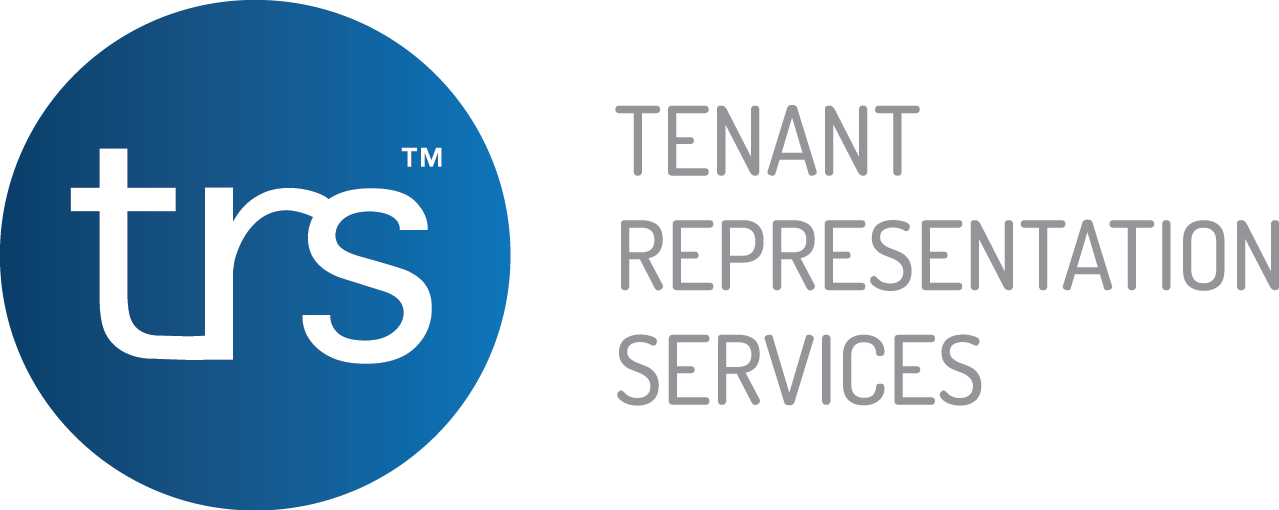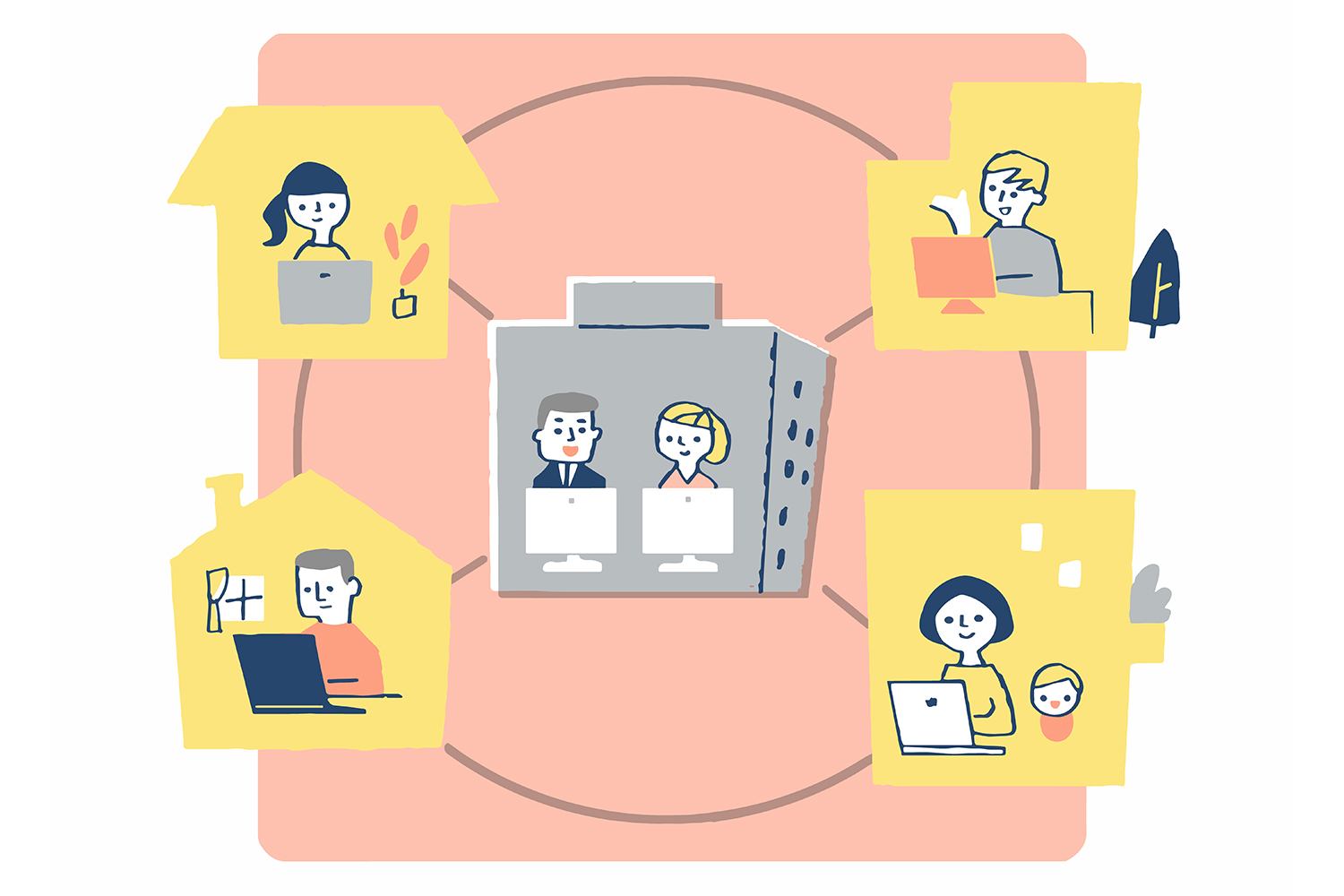As hybrid working becomes more common, office design priorities have shifted, with a focus on individual and collaborative work.
Hybrid working, where employees split their time between working remotely and in the office, has become increasingly popular. When designing an office for hybrid work, it’s important to consider various factors to create a productive, flexible, and inclusive environment.
Here are 7 key office design considerations for hybrid working.
1. Be mindful of the 4 C’s
According to PWC’s Changing Places report, to successfully embrace hybrid work, businesses must be mindful of the 4 C’s:
- Concentration – focussed solo work.
- Collaboration – brainstorming and teamwork.
- Communication – training and socialising.
- Contemplation – reflection and relaxation.
2. Flexibility & adaptability
Design the office space to be flexible and easily adaptable to different working styles and needs.
Incorporate movable furniture, modular workstations, and flexible meeting spaces that can be rearranged based on the team’s requirements.
3. Technology integration
Ensure that the office is equipped with advanced communications technology to support seamless collaboration between in-person and remote workers.
Invest in video conferencing tools, high-quality audio systems, and collaborative platforms to help effective communication.
4. Dedicated collaboration spaces
Create dedicated areas for team collaboration and group work. These spaces should be equipped with technology that supports virtual meetings and brainstorming sessions.
Consider supplying whiteboards, projectors, and other tools to enhance collaboration and idea generation.
5. Remote work support
Acknowledge and support remote work by providing amenities that employees might miss from home, such as quiet workspaces, comfortable seating, and advanced technology.
Implement robust cybersecurity measures to safeguard remote and office-based work. Foster a culture that values both in-person and remote contributions equally.
6. Agile workstations
Implement agile workstations that support hot-desking and allow employees to choose where and how they work.
Consider implementing a reservation system for desks and meeting rooms to manage space effectively.
7. Well-being & comfort
Prioritise employee well-being by incorporating comfortable and ergonomic furniture.
Provide spaces for relaxation and break times, such as lounge areas or wellness rooms, to support mental health and work-life balance.
Regular feedback & adaptability
Remember, the specific design considerations may vary depending on the nature of the work, the size of the organisation, and the preferences of the employees. Regular feedback and adaptability are crucial for creating a workspace that truly meets the needs of a hybrid workforce.


